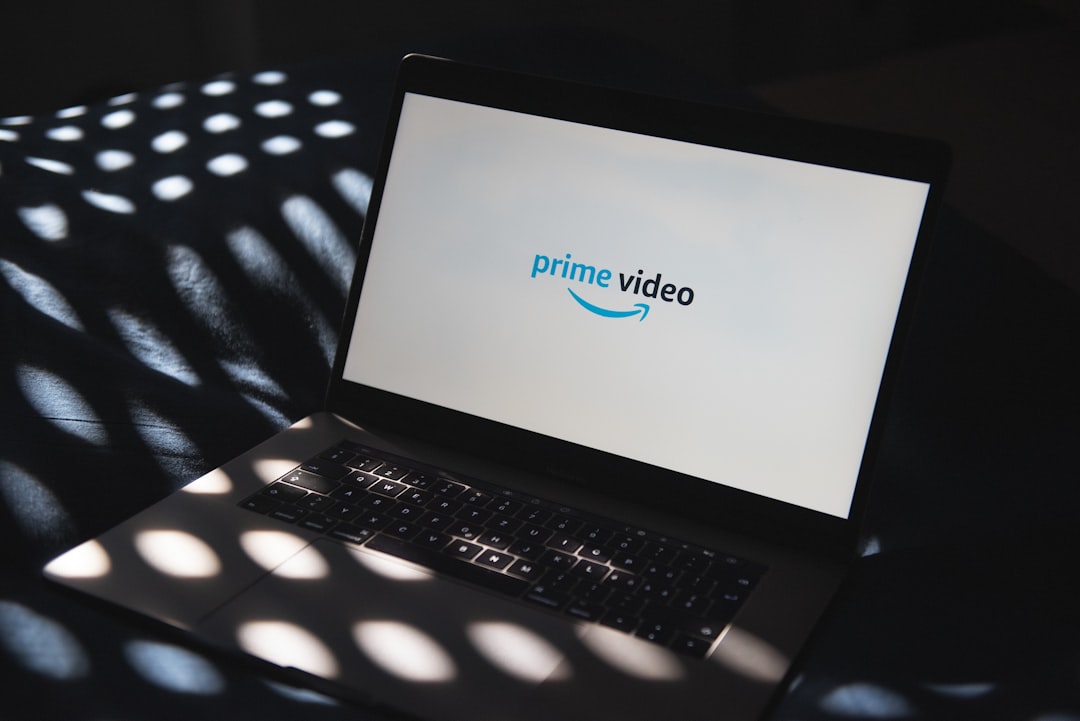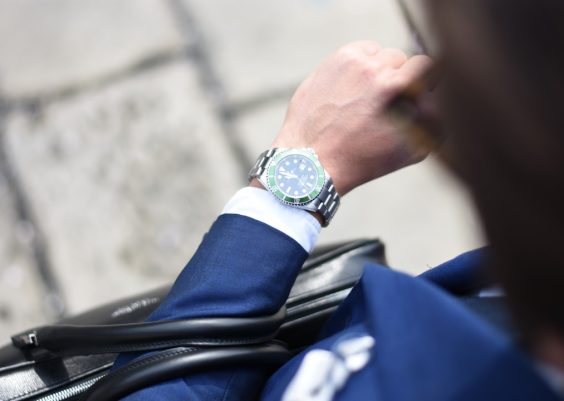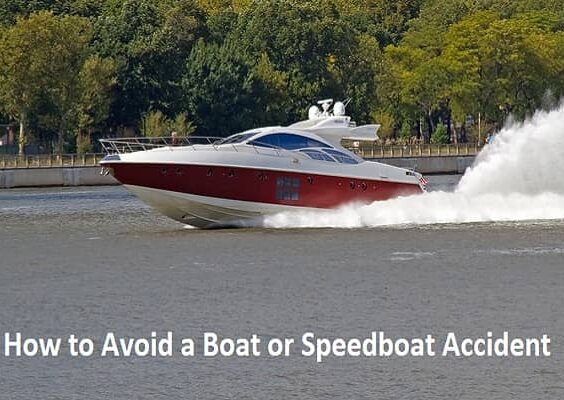In the ever-growing landscape of e-commerce, Amazon has cemented its place as one of the go-to platforms for online shopping. With millions of sellers vying for visibility, advertising plays a critical role in gaining a competitive edge. Amazon offers various ad types to help sellers and brands promote their products. Understanding the differences between these ad types and when to use them can significantly improve advertising performance and return on investment.
Contents
Sponsored Products
Sponsored Products are the most commonly used Amazon ad type. These ads promote individual product listings and appear in search results and product detail pages. They are keyword-targeted and operate on a cost-per-click (CPC) model, meaning advertisers pay only when a user clicks on their ad.
When to use: Sponsored Products are best suited for sellers looking to increase visibility of specific products, especially new listings or best sellers with competitive pricing. Since they integrate seamlessly with organic results, they are often effective for lower-funnel targeting aimed at driving sales.

Sponsored Brands
Sponsored Brands (formerly known as Headline Search Ads) enable advertisers to showcase a custom headline, logo, and multiple products in a single ad. These appear prominently above search results and can be linked to a custom landing page or Amazon Store.
When to use: Ideal for brand awareness campaigns and promoting a product portfolio. This ad type works well for brands who want to highlight different variations of a product or related products, introduce new collections, or drive traffic to their branded storefront.
Sponsored Display
Sponsored Display ads target shoppers both on and off Amazon, using audience data to retarget users who have previously viewed a product. This type allows greater reach and reinforces brand recall through retargeting.
When to use: Best for retargeting customers who have shown interest but haven’t converted. Sponsored Display can also be used effectively to cross-sell or upsell complementary products and defend product detail pages from competitors.
Amazon DSP (Demand-Side Platform)
Amazon DSP offers programmatic advertising to buy display, video, and audio ads both on and off Amazon. It utilizes Amazon’s first-party shopper data for targeted campaigns across Amazon’s sites, apps, and partner networks.
When to use: Perfect for larger brands with bigger budgets and more complex marketing strategies. DSP is used mainly for brand awareness, customer loyalty campaigns, and advanced audience segmentation.

Video Ads
Video Ads run within Amazon and its affiliated sites, including Fire TV and IMDb. These are ideal for telling a story, demonstrating product use, or creating an emotional connection with the customer.
When to use: Great for building awareness and engagement. Video content stands out visually and can significantly increase time spent on branded content, particularly for new product launches or educational campaigns.
Amazon Stores
Although not an ad type in the traditional sense, Amazon Stores provide a customizable multipage storefront for brand owners. These stores can be linked from Sponsored Brand ads or discovered organically.
When to use: Best for brands looking to create a curated shopping experience. Amazon Stores serve as a central hub for showcasing product lines, brand values, and multimedia content.

Conclusion
The right Amazon ad type depends on the advertiser’s goals, budget, and brand maturity. While Sponsored Products help drive immediate sales, options like Sponsored Brands and Amazon DSP aim for broader goals like brand visibility and loyalty. By strategically combining several ad types, sellers can influence customers throughout their purchasing journey and strengthen brand identity on one of the world’s largest ecommerce platforms.
FAQ
- Q: Can I use multiple Amazon ad types at once?
A: Yes, combining different ad types can create a more effective funnel strategy targeting every phase of the buyer journey. - Q: What’s the difference between Sponsored Brands and Sponsored Products?
A: Sponsored Brands promote multiple products with a custom headline and logo, while Sponsored Products promote individual listings. - Q: Is Amazon DSP suitable for small businesses?
A: Generally, DSP is more suited for established brands with bigger budgets due to its higher minimum spend and complex targeting. - Q: How do I track the performance of my Amazon ads?
A: Amazon provides advertising reports and metrics like impressions, clicks, and return on ad spend. These help evaluate and optimize campaigns. - Q: Do I need to be brand registered to use Sponsored Brands or Amazon Stores?
A: Yes, you must enroll in Amazon Brand Registry to access Sponsored Brands and create an Amazon Store.




